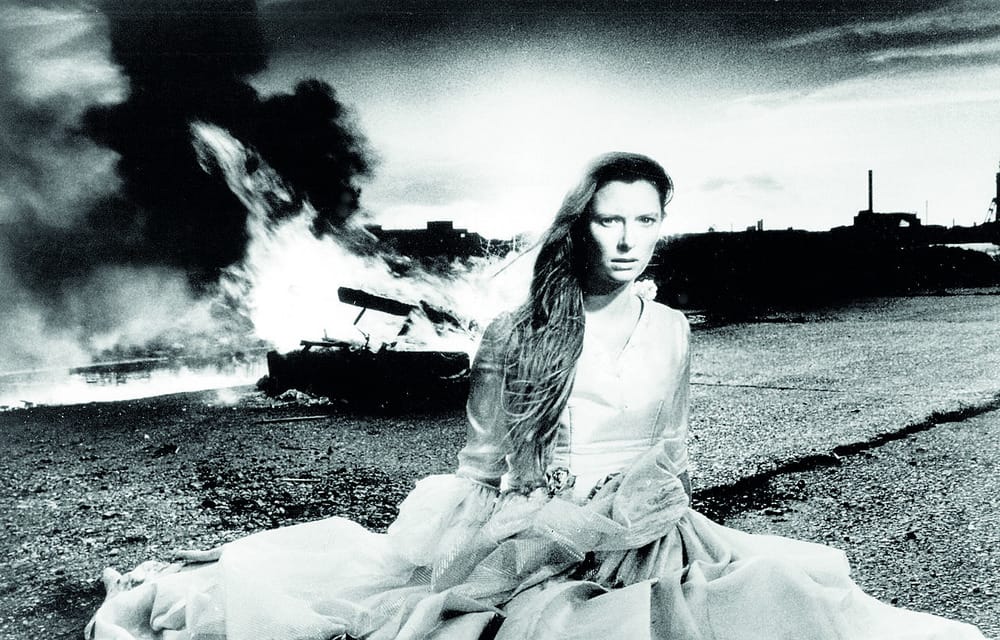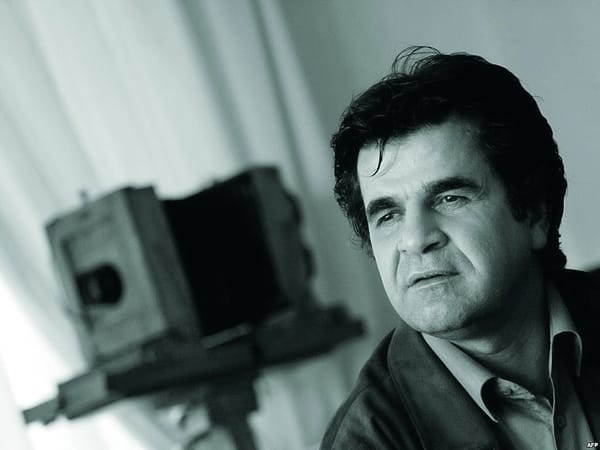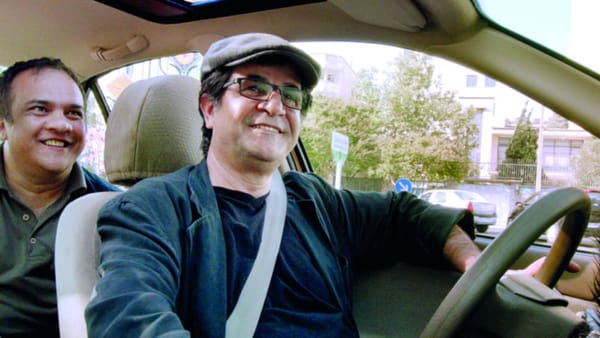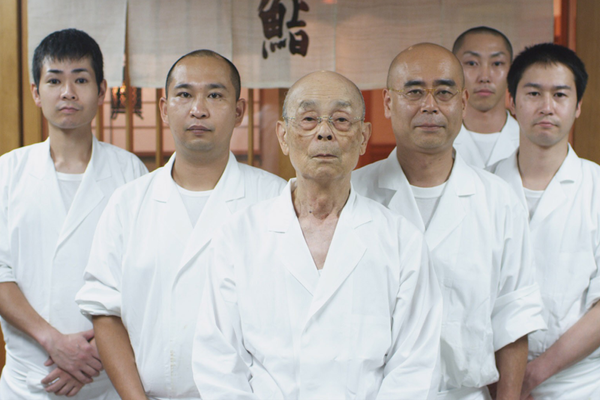The five most iconic moments of Tilda Swinton

Last week saw the 55th anniversary of the birth of the saviour of modern cinema, Tilda Swinton. To celebrate, we take a look back at her legendary career; choosing what to feature was difficult, but we have managed to narrow down five of her most iconic moments, and what they teach us about life and
1. Her Collaborations with Derek Jarman
It could be said that the die was cast as soon as Swinton appeared in her first film. Caravaggio, a fictionalised retelling of the Italian painter, was directed by Derek Jarman, and would be the first of seven collaborations made until Jarman’s death in 1994. Resolutely art-house, but completely grounded in English temperament and history, Jarman’s work seemed to perfectly suit the ethereal qualities Swinton brought to the screen; perhaps the last great English auteur, his death was a blow for experimental cinema, one that – with the rise of Joanna Hogg and Clio Barnard – we are just about getting over.
This early work grounded Swinton resolutely within the world of experimentalism, and whilst she has moved on to numerous big-budget productions, she never seems to have lost her original approach to the medium: one of curiosity, love, and generousness. Without the attention of Derek Jarman back in the 1980s, the Tilda Swinton we know of today would probably not exist. As she said: ‘he opened the door with a camera on me, and never turned it off’.
2. Gender-Bending in Orlando
If one was to make a list of unfilmable novels, Virginia Woolf’s Orlando, a masterpiece of modern literature, would be high on the list: the story of a nobleman who somehow lives for more than three centuries, and changes sex half way through the plot, it is a complex, nuanced, convoluted exploration of the messy nature of gender – and completely unfilmable. At least, until Sally Potter came along. Her Orlando, released in 1992, is one of the cleverest adaptations of a novel ever to grace cinema; a sumptuous work, the look and tone of the film is one of ravishment.
And who else would be able to play Orlando, the gender-switching immortal, than Tilda Swinton? With her angular face and beguiling air, Swinton displays the true spirit of androgyny. As Patti Smith said, ‘she is both princess and prince’, a quality she displayed when playing the Archangel Gabriel in the 2005 film Constantine, and will display again next year in the upcoming film Doctor Strange, in which she has not decided whether to play her character as male or female. Swinton has managed to transcend the binary, showing us all that gender is truly performative.
3. Sleeping in a Box in the Name of Art
Swinton’s talents and interests lie beyond the screen, as seen in her 1995 collaboration with Cornelia Parker RA, The Maybe. Coming to Parker with the idea for a performance piece in which she just slept, the artist designed a glass vitrine, forming the centrepiece of the Serpentine exhibition, in which Swinton slept (or at least appeared to) for seven hours a day. The Maybe has since been restaged, in Rome in 1996, and most recently at MoMA in 2013. For most actors, their activities outside cinema lie mainly in the fashion world, acting as muses to designers, or appearing in high fashion advertising campaigns. Swinton has – of course – done her fair share of this, advertising for Chanel and Pringle, and modelling in Viktor & Rolf shows. But her talents and interests are diverse, whether it’s appearing as David Bowie’s wife in the video for The Stars (Are Out Tonight), or helping to start an alternative school in rural Scotland, Swinton is cinema’s true modern-day polymath.
4. Learning New Languages for I Am Love
I Am Love, Luca Guadagnino’s 2009 film about a Milanese industrial family, saw Swinton taking on perhaps her greatest challenge yet. Playing a Russian Emigreé, she speaks Italian for pretty much the entire film, with a few scenes showing her speaking Russian. For any usual actor who was not brought up bilingual (or at least learning a second language from an early age), such a prospect would seem daunting, but Swinton took to it like a duck to water, crafting in Emma Recchi one of her most nuanced, rich characters to date.
Her second feature collaboration with Guadagnino, A Bigger Splash, sees her playing the famous rock star Marianne Lane, and appearing in the latest issue of AnOther magazine in character. A Bigger Splash was shown at the London Film Festival last month and will receive a full release next year. But Swinton clearly knows how to pick her collaborators well, and stick with them for the long haul: she first met Guadagnino over 20 years ago, when he had only just finished film school. Not afraid to take on dangerous roles, Swinton appeals to other actors to raise their game, and bring the art of cinema up as a whole.
5. Being Normal in Trainwreck
When Amy Schumer wrote the description for tyrannical magazine boss Dianna in her film Trainwreck, she described her as ‘dressed like Tilda Swinton would at an airport’. Little did she know that they would soon have Swinton on board as a collaborator; but more shocked were the audience members – used to seeing Swinton as some kind of mercurial ice goddess with cropped peroxide hair, in Trainwreck she dons a long flowing wig, and hella make-up in order to look… well, pretty normal actually. She pulled a similar trick in Lynne Ramsey’s starkly powerful We Need To Talk About Kevin, where she plays the mother of a boy who commits a school shooting. Split between before and after the shooting, we see her character of Eva physically transformed by the immensity of her grief and guilt. It’s a travesty that she wasn’t nominated for an Academy Award for what is a career highlight.
While Trainwreck is perhaps the most extreme of her transformations, Swinton has a long history of disguising herself before the camera. In Bong Joon-Ho’s masterfully dark machinery dystopia Snowpiercer she plays Mason, the cynical enforcer of order on a train carrying the last of humanity; devoid of human warmth, and given a horrible set of fake teeth, she’s channelling Margret Thatcher with prosthetic floppy breasts. Elsewhere, in Wes Anderson’s delightful The Grand Budapest Hotel, she has a blink-and-you’ll-miss-it cameo as Madam D, the part-time lover of Ralph Fiennes’ Gustav H – aged thirty years through the use of elaborate make-up effects and cloudy contact lenses. Swinton clearly delights in messing around with her appearance, eschewing the traditionally enforced Hollywood narrative of younger equals better, and striking a blow for equality.








